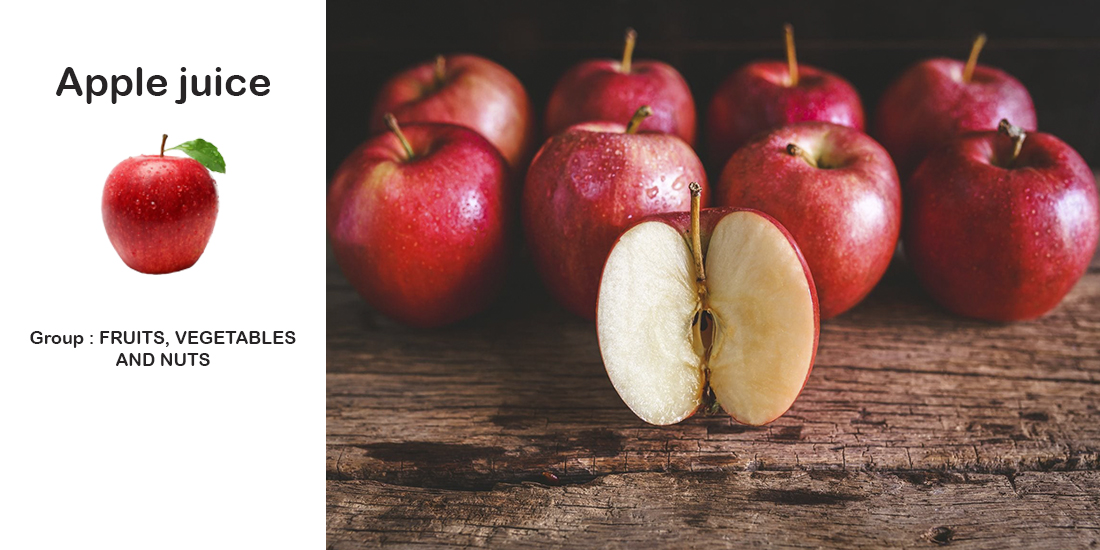
Fragrance Profile: Fruity notes beyond citrus (which form a class of its own) have become so popular in recent years that they deserve a category of their own. Vegetable notes are more unusual, sometimes rendered through illusion: an example would be the turnip note that iris rhizome sometimes produces. As a rule fruits and vegetables are resistant to distillation and extraction processes due to the very high percentage of water in their natural make-up, and they remain a reconstructed note in fragrances. Their ef ect ranges from the refreshing to the succulent, all the way to the musty and mysterious. Fruits and vegetables provide a nuanced texture and a refreshing feel in fragrances. Fruits especially have been extremely popular in the floral fruity category in the 2000s, while peach and plum have been major components in classical perfumers' "bases" (such as the famous Persicol) which produced many of the iconic fragrances of the first half of the 20th century. Nuts in perfumes usually include the very popular almond (sometimes confused with the cherry-pie tree, which is a heliotrope and most often replicated through the same materials used for heliotrope and mimosa reconstructions), peanuts (as in Bois Farine), hazelnuts (as in Praline de Santal and Mechant Loup). They are all recreated notes. Nutty notes can be beautiful anchors to more ethereal or earthy materials, such as vetiver, as evidenced in Vetiver Tonka in the Hermessences.
Join with us. Subscribe to our mailing list
Be the first to know about our latest news , trends and offers straight your inbox.
We Will Never ever share your contact details with anyone




